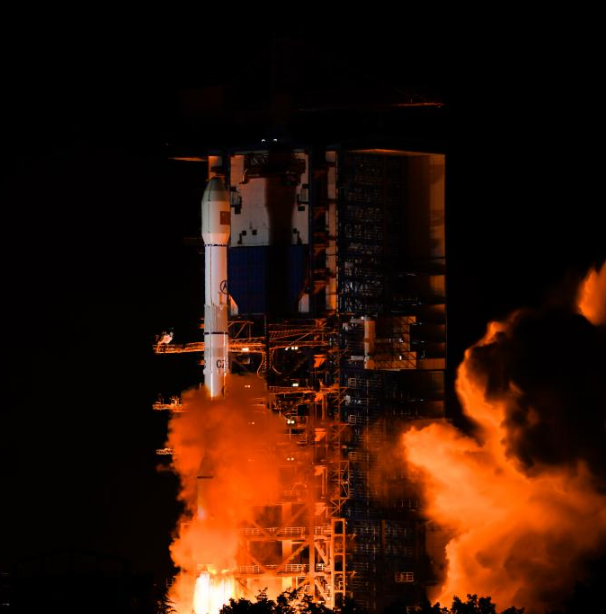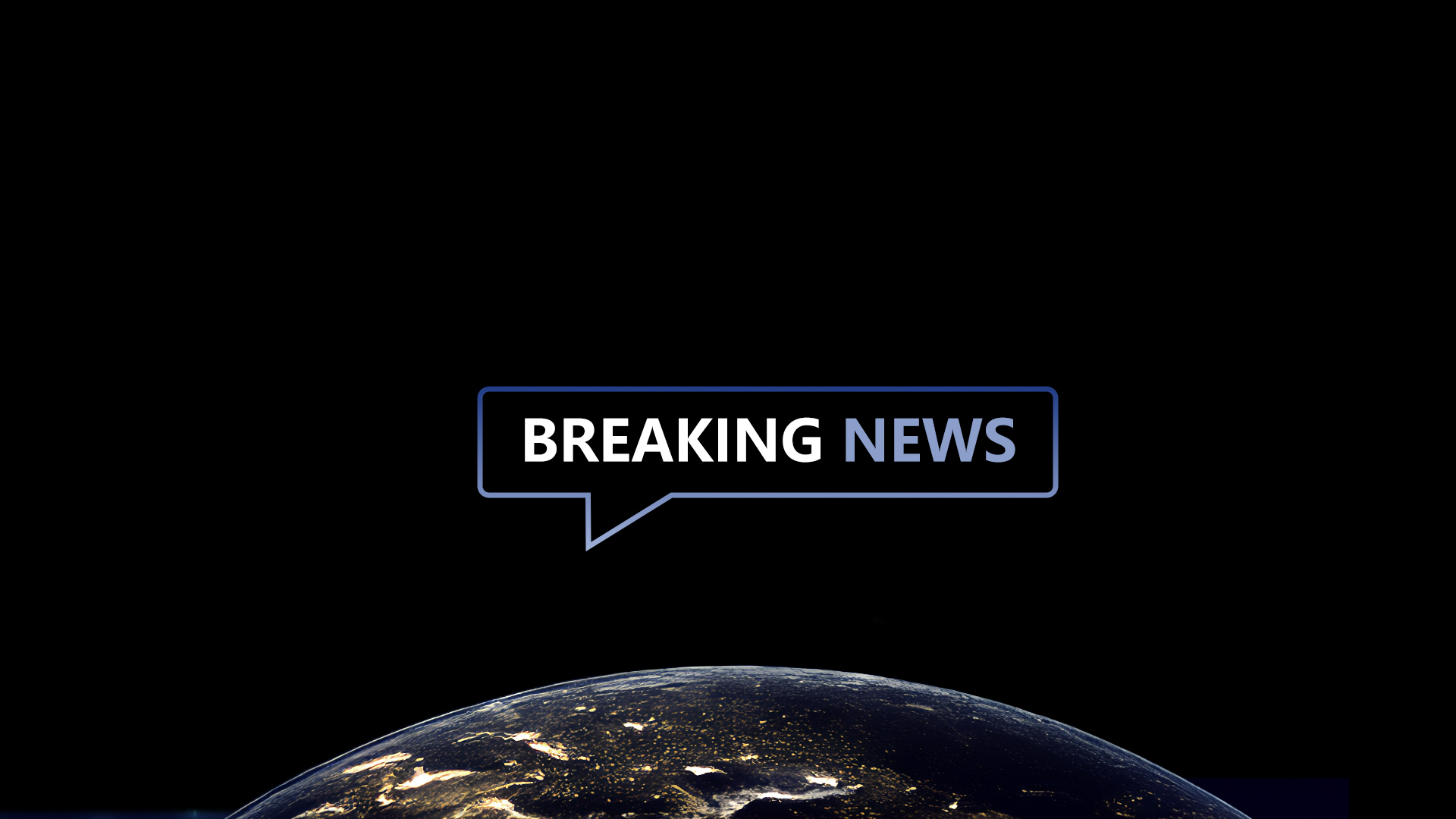05
2025-04
UK Tech Company to Produce Flawless Lab-Grown Diamonds in Space’s Vacuum Environment
A UK-based tech company plans to harness the vacuum of space to manufacture impurity-free synthetic diamonds. The diamond-producing equipment will be launched into space via a rocket carried aloft by an aircraft, similar to how fighter jets deploy missiles. The rocket’s payload includes a capsule housing a microwave-like device. By injecting hydrogen and methane into the chamber, carbon crystals will gradually deposit and layer, forming synthetic diamonds.
On Earth, lab-grown diamonds cannot achieve 100% purity due to unavoidable atmospheric contaminants. However, the vacuum environment of space eliminates this issue, enabling the creation of flawless diamonds. These space-made diamonds will not be used for jewelry but instead applied in industrial sectors.
Meanwhile, as the volume of human-launched objects in space grows, the problem of orbital debris has intensified. Another British tech firm is preparing to test a solution: a satellite equipped with a robotic "octopus" designed to capture floating debris in orbit. The captured objects will be transported to the edge of Earth’s atmosphere and released, relying on gravity to pull them back toward the planet. Friction with the atmosphere during descent will incinerate the debris.
For smaller fragments, a miniature robotic arm resembling a pair of pliers will be deployed. This "space scavenger’s" first mission will focus on removing two defunct British satellites from orbit.
-
29
2025-05

Tianwen-2 Mission Launched Successfully
At 1:31 AM today, China successfully launched the Tianwen-2 planetary exploration probe from the Xichang Satellite Launch Center using the Long March-3B Y110 carrier rocket.
-
13
2025-05

Communication Technology Experiment Satellite No. 19 Successfully Launched
At 2:09 on May 13, China successfully launched the Communication Technology Experiment Satellite No. 19 from the Xichang Satellite Launch Center using a Long March 3B carrier rocket. The satellite smoothly entered its predetermined orbit, and the launch mission was a complete success.
-
12
2025-05

Remote Sensing Satellite No. 40, Group 02, Successfully Launched
On May 11 at 21:27, China successfully launched the Remote Sensing Satellite No. 40, Group 02, from the Taiyuan Satellite Launch Center using a Long March 6A carrier rocket. The satellite entered its predetermined orbit smoothly, and the launch mission was a complete success.









